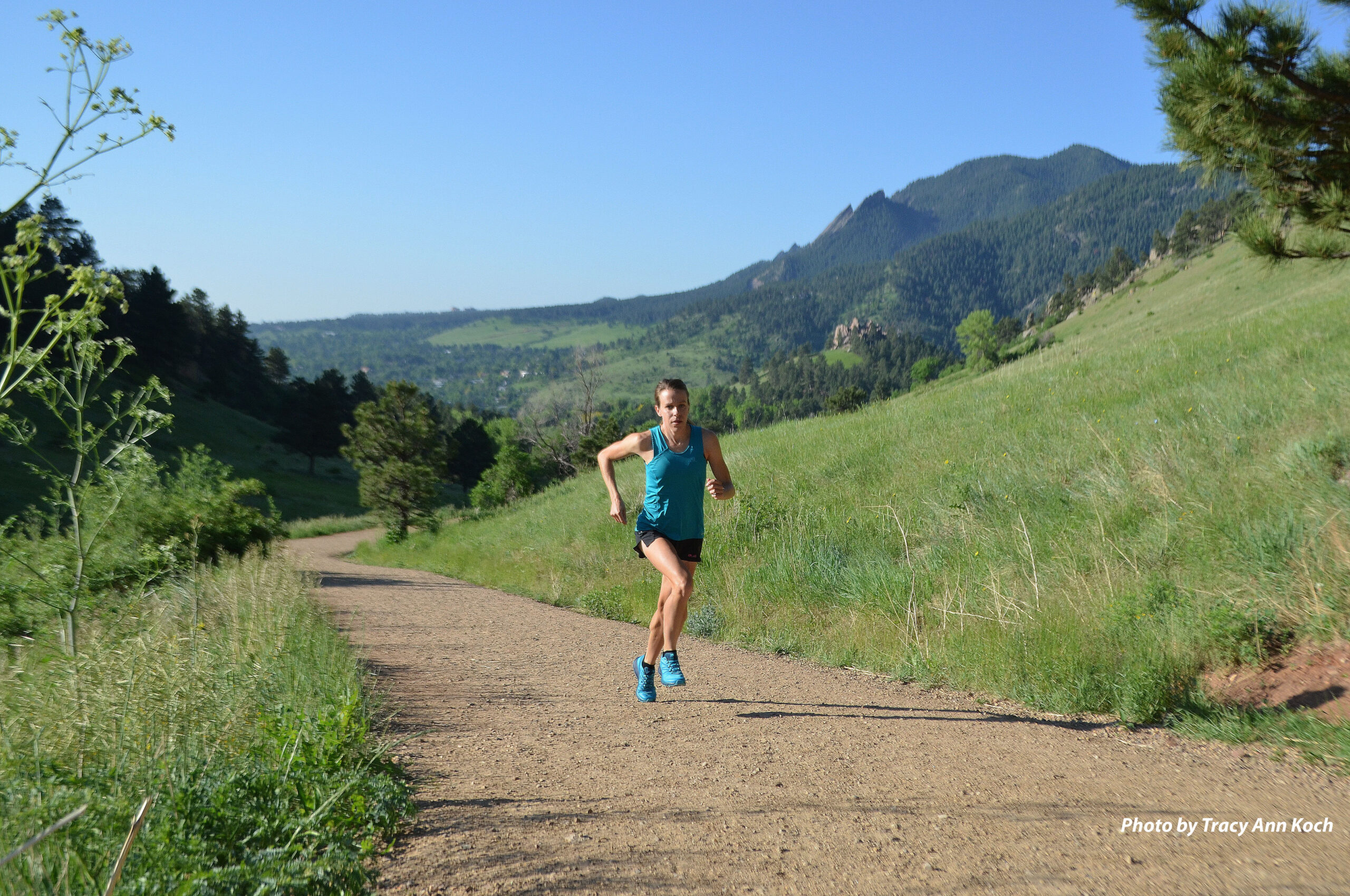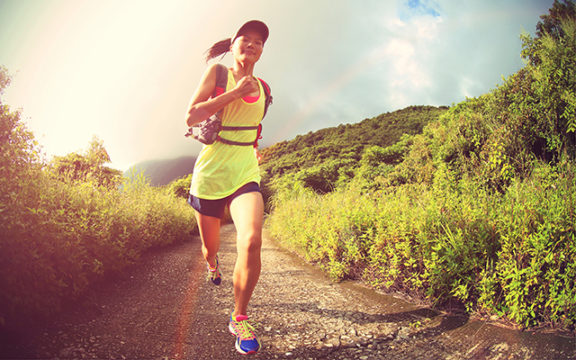Dispatches from Columbine
By Rebecca Rusch
Dehydration. Lethargy. Nausea. This is your body at altitude. Not what you signed up for? Whether you’re headed for LT100 or another event in the series, avoid altitude sickness and have the race experience you are preparing for with these acclimation tips from Rebecca Rusch.
10,200 feet. The air is pretty thin up there. And that’s just the starting altitude of the Leadville Trail 100. From there, things just continue up and up. And up. That extremely high altitude is intimidating for many athletes. It sets the race apart and provides an entirely unique set of issues in addition to the not-so-small task of riding your bike for100 miles.
The truth is that the vast majority of us do not live anywhere near that altitude. I live at around 6,000 feet, which is still quite high, but even that is paltry compared to Leadville. When you are at elevation, your red blood cells struggle to move oxygen through your body and the end result is that your muscles are starving for air. Obviously, this affects a rider’s ability to turn the pedals over. Some of the additional side affects of altitude are dehydration, headache, lethargy, nausea, difficulty sleeping and lack of appetite — not a welcome list at anytime, much less when you’re trying to ride 100 miles and earn yourself a shiny new belt buckle.
There are plenty of theories about acclimatization and how to best perform at altitude. There are expensive gimmicks like a high altitude training tent or special breathing treatments, but the cost and hassle are prohibitive for most folks. Unfortunately, there is no Holy Grail or shortcut. Even with all the science and technology developments, the best process to prepare your body to perform at elevation is the same simple process used by Sir Edmund Hilary in his historic climb up Mount Everest. Slowly and steadily move into the thin air and allow your body to adjust at progressively higher elevations.
The rule of thumb is that it takes nearly three weeks at altitude for your body to adjust about 90 percent to a high altitude environment. It takes a full six to be 100 percent acclimatized. Obviously, even for pro athletes, this is not a realistic scenario. While it would be a blast to spend most of the summer up in the Colorado high country, it’s not an option for most of us. The good news is that we are all in the same boat up there. Altitude might affect riders in different ways, but it doesn’t play favorites. We all have to deal with it. Unless you already live in Leadville, of course.
My strategy for the past two years of racing the LT100 has been to spend about 2 weeks leading up to the race at 9,000 feet or higher. This allows for some amazing riding and exploring around Crested Butte (where the Alpine Odyssey 100 takes place), Aspen, Leadville and everything in between. I highly recommend exploring all of the amazing dirt roads that run between these mountain towns. You will not regret this adventure and you’ll be building oxygen carrying red blood cells at the same time!
In addition to heading out a couple weeks before the race, I also elect to take at least one additional training trip up to elevation about 6 weeks prior to LT100. Take a vacation, head to Colorado, pre-ride the course or just explore the mountains by bike. Even though you’ll be coming back down in between, it gets your body used to the sensations and the process of adjusting to altitude. And it’s a good motivator, besides.
If you can’t do any of this and you have to arrive a day or so before the race, then that’s OK. Tons of riders do that. Good preparation is always better, but sometimes we just have to wing it. My first LT100, I showed up the night before with no hotel, no course knowledge and no acclimatization. I was totally green. I just drove straight up, got lucky with a cancellation at the Super 8, and taped a picture of the course outline on my top tube. The gun went off and I just rode my bike. I won the women’s race, got my first Ore Cart Trophy and shared the podium with Lance Armstrong. Not bad for not being acclimated or prepared.
If this is your strategy, be smart. Understand that your body is working harder to get oxygen, so help it along by starting out a little slower, hydrating well and riding on perceived exertion instead of the numbers on your heart rate monitor or power meter.
Whether you arrive at the start acclimatized or not, once the gun goes off, just ride in the moment. All the training and preparation are done and the only thing left to do is pedal and be your best on that day regardless of what happened leading up to the event.


